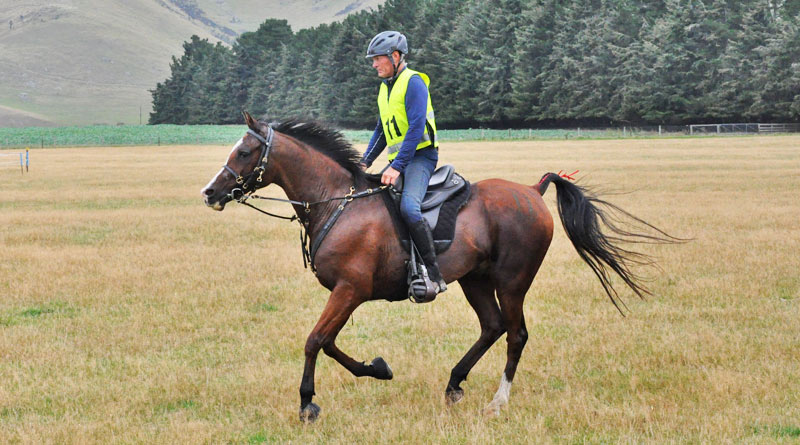In the world of equestrian sports, the Fédération Équestre Internationale – or FEI – serves as the primary governing body. In all, they recognize a number of disciplines and competitive events, including vaultage, dressage, show jumping and reining. One of the FEI’s most popular and fastest growing events, though, is endurance, according to Equestrian Sports New Zealand. In that country specifically, there are a number of endurance-related events, spanning from August through May and encompassing distances as far as 160 kilometers (99 miles.)As such, endurance horses from New Zealand are noted for their stamina and durability in covering such exhausting distances. In order to get a better understanding of these athletic horses, researchers from Massey University have begun studying their prowess and capabilities, HorseTalk reported.
A measure of endurance
In their pilot study, researchers surveyed a total of 53 national and FEI-level endurance riders, touching on demographic information and their practices for both training and overall care. Among the focus was how the horses began their training regimens for each competitive season. Most horses went through an eight-week training cycle, riding as much as five days a week, building from long-distance walks into more competition-specific activities. Those aforementioned activities included added hill work, farm work and hacking, all of which can promote better conditioning. Researchers also found a similar pattern for resting, as most horses were given one day off after completing a 10 km (6.3 mile) race.
Among other points of interest, researchers also uncovered the following:
- Up to 61 percent of riders use heart monitors during training, with another 63 percent relying on GPS monitors.
- A majority of riders – 58 percent – gave their horses premixed grain feeds. Another 23 percent used only straight grain feeds.
- In regards to edible oils, 56 percent of horses had it added to their daily feed, and a total of 89 percent were given electrolytes. Many riders also used vitamin E, selenium and joint supplements.
- The average age of the horses was nine years old.
- Some 92 percent of horses were either of Arabian heritage or some mix.
A number of riders also indicated they kept extensive records on their horses, including injuries, feeding, vaccinations and shoeing.
A shift in training styles
Beyond those crucial tidbits of information, researchers were also able to better understand how riders are adapting the training regimens in order to maximize results. One such way is through the use of free paddock, also sometimes referred to as a corral. With these grassy areas, the horses were allowed to move about and exercise based on their own needs. It was this sense of freedom that apparently led to more organic increases in areas like stamina and fitness.
“The opportunity for free exercise in paddocks may explain the relatively short pre-season ‘Long Slow Distance’ conditioning described by many riders,” researchers wrote. “The contribution of free paddock exercise to the base activity of the horse would increase with increasing paddock size and the terrain of the paddock, and these may be the primary drivers for maintenance of a relatively robust base fitness level in horses.”
Additionally, many riders seem to be more acutely aware of the risk of injury and fractures that can occur during endurance training and competition. According to TheHorse.com, the five most common injuries or ailments for endurance horses are sore backs, reduced appetite, lameness, muscle injuries and metabolic issues, in which the horse has issues regulating its metabolism.
In order to address these, riders often focused on developing a horse’s speed and less in developing the distances the horse could cover. The logic being that slow speeds over long distances can often contribute the most to fractures and other injuries. However, authors of the study explained that they’d need additional research regarding this specific correlation.
Caring for your endurance horse
If you’re anything like the New Zealand riders, you’ll undoubtedly opt for supplements in order to protect your animal companion. Apple-A-Day™ features a blend of electrolytes and mineral replacements, all of which can assist with a horse’s hydration. Meanwhile, JC’s X-Tie Up™ contains vitamins that promote healthy muscle function. Finally, K-C & More™ contains vitamins K and C, which promote stronger capillaries. These vessels are crucial in pumping the blood a horse needs during lengthy races.









